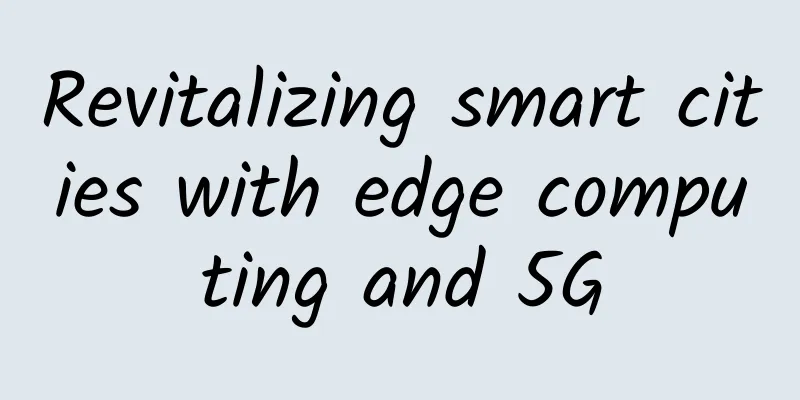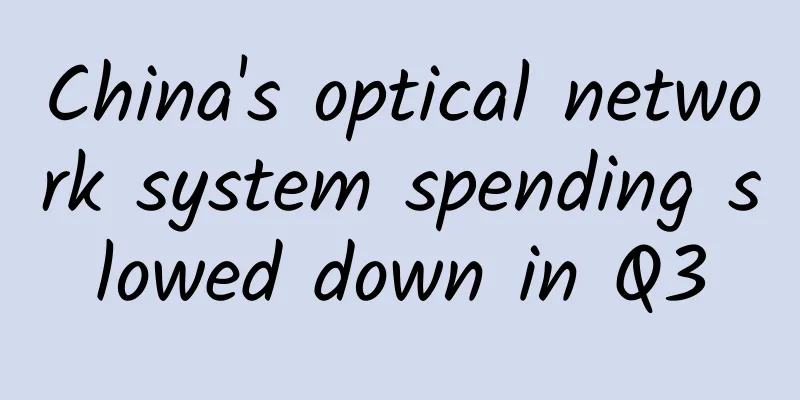|
[[381381]] As we recover from Covid-19, we have an opportunity to rethink our cities. During the pandemic, we have become more reliant on our local communities and technology – two things that together will create new smart cities. As more people wake up to the realities of climate change, cities of the future may look very different in terms of energy and transportation.
All autonomous transportation, and much of the technology for future smart cities will rely on 5G and edge computing. The latter is essentially a technological version of what we’ve been doing throughout the pandemic – relying on what’s nearby. This allows for greater resilience as well as more information to be added to the system to create even smarter cities.
5G networks offer higher cell density, higher data speeds, and lower network latency. In 5G, more processing is pushed to the edge of the network, enabling low-latency applications. In addition, cell site densification provides users with greater network capacity, more data bandwidth, and higher mobile data speeds. This network densification will enable advanced real-time decision analysis. The application of 5G technology can help cities save money, resources, and create cleaner, safer, and healthier living places for people.
5G and edge computing go hand in hand. 5G increases the amount of data that can be communicated, while edge computing uses data to run calculations locally, rather than sending it somewhere else for analysis and processing. This is often faster and more resilient to interference. Combined, these two technologies hold tremendous promise and are some of the most prominent emerging technologies today.
According to IDC research, global 5G connections will grow to 1.01 billion in 2023, and global edge computing spending will reach $250 billion in 2024. This provides a huge ecosystem opportunity to transform cities by injecting next-generation technologies.
Smart cities aim to improve the quality of life for residents. Key technologies such as the Internet of Things (IoT), blockchain, artificial intelligence and analytics can be used to cover a whole range of areas, including waste management, smart parking, e-government, power and public lighting, education, health, traffic management and smart buildings. It is the combination of edge computing, 5G capabilities and industrial IoT devices that underpins the effective use of technology, potentially enabling smarter supply chains and enabling us to better respond to disruptions. [[381382]]
Utilities and Infrastructure
Edge analytics can help smart city municipalities better manage and conserve precious resources, including energy, water, and fresh air. IoT sensor-based analytics in water systems and waste management systems enable better monitoring and management, while innovative power grids improve energy efficiency for businesses and consumers. Edge analytics also help monitor and control building operations, such as heating, ventilation, air conditioning, lighting, and security, to virtually automate the optimal living environment.
Economic Development and Civic Management
By using IoT sensors on 5G networks, traffic flow, parking availability, utility usage, and public streetlight management can be monitored. Authorities can use edge analytics to find practical solutions to save energy, optimize water and power resources, and reduce environmental impact. During the pandemic, we have seen trends of people moving from crowded cities to less populated and better served areas. Using technology, minimizing traffic congestion, and improving waste management can help attract new residents and increase economic opportunities within communities.
Public Safety and Crime Control
Edge analytics and edge AI enable advanced, secure video, sensor, and communications systems to proactively monitor public spaces and law and order. Using edge AI, crime or other catastrophic events can be prevented or mitigated before they endanger public safety. Sensors embedded in critical infrastructure such as bridges and power plants can monitor structural data to identify potential hazards, protecting citizens and the economic well-being of cities. Sensor-equipped drones can monitor vehicle traffic, crowds, construction sites, and disaster areas to help continuously monitor conditions and support first responders. Overall, communities benefit from increased trust in law enforcement and disaster management.
Smart transportation and autonomous driving smart cars
Edge analytics will be a key enabler of the connected, autonomous vehicle revolution. Road vehicles will communicate with each other and with the infrastructure, improving overall road safety. It will also reduce traffic congestion and improve driver comfort.
The edge computing-based car-to-cloud solution provides edge cloud capabilities for different levels of autonomous driving through different services such as high-definition live maps, real-time traffic monitoring and alerts. Distributed AI applications on the car will send video data to edge computing sites within the telecommunications network via 5G radio. On the edge cloud, machine learning algorithms are used to process the video data in near real time. The results of the real-time image processing will be sent to the car, where it will be compared with local analysis and a final decision will be made, such as issuing instructions to the driver.
Smart Healthcare
The number of connected devices in the healthcare sector is increasing significantly. Edge computing and edge analytics can alleviate this burden to a large extent. Clinicians' mobile devices can capture patient data in real time into a connected analytics platform at the edge. Patients will no longer have to wait for analysis results, which will significantly reduce their number of visits to the doctor.
The concept of collaborative edge will be another enabler, where geographically dispersed data is fused into a combined edge device-usable view. For example, deep learning has recently gained relevance in ophthalmology due to its ability to detect clinically important features for diagnosis and prognosis. This has led to various deep learning systems being embedded in ophthalmic imaging devices, enabling automated image acquisition. The same can be performed at the smartphone-based device level, for example by using a high-resolution fundus imaging system connected to a smartphone.
Let cities think for themselves
The transformative potential of edge analytics is almost limitless. The speed of 5G networks, combined with the fact that local processing can be moved to the edge of the network, makes the proposition of edge analytics very strong. Reduced latency and interconnected smart devices enable a valuable leap forward, whereas the current paradigm requires sending large amounts of data back to the cloud for analytical processing and insights. Autonomous decision making and cognitive intelligence on devices or at the edge of the network reduces processing and decision latency. This means, crucially, that decisions can be made in real time.
Edge analytics in 5G will go beyond traditional descriptive analytics and will continue to evolve. This powerful technology has the ability to learn from context, predict what will happen next, prescribe the next best action or decision, and learn from past behavioral patterns to make the best decision. For fully autonomous applications, edge analytics will automatically execute the next action in real time. With the speed of 5G, more information will be collected and processed, and the insights generated by edge analytics will increasingly drive decisions, leading to cognitive intelligence applications. In short, smart cities of the future will take advantage of 5G and use edge computing to help cities think independently. (Compiled by Cassie) |










